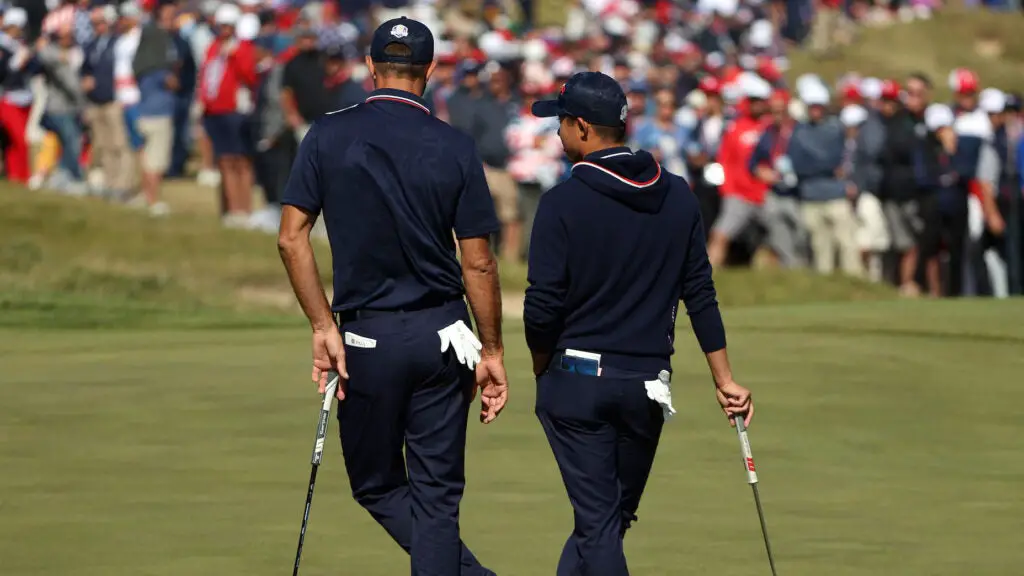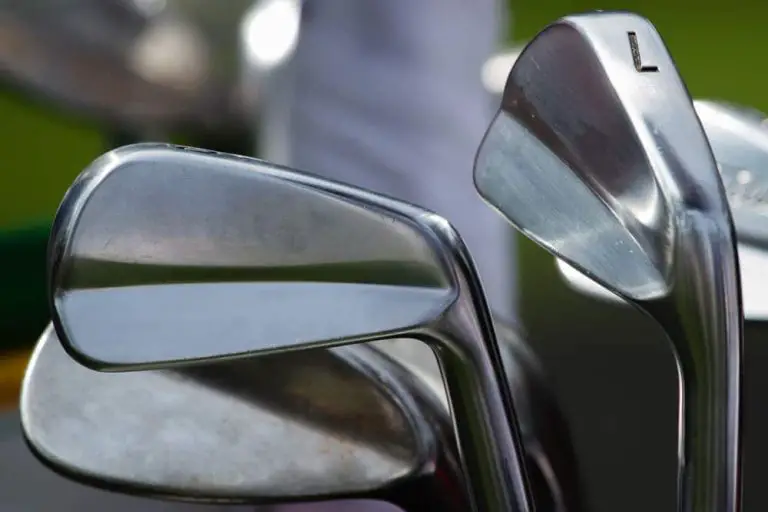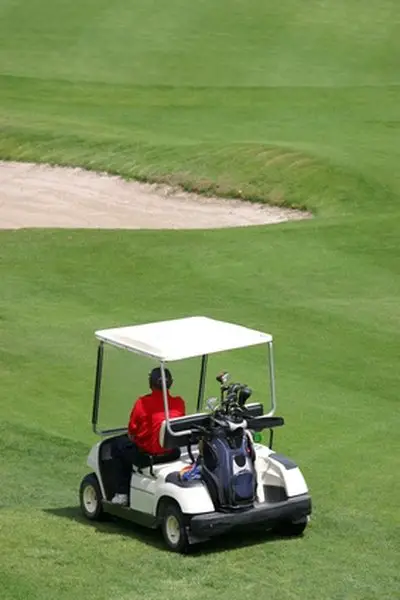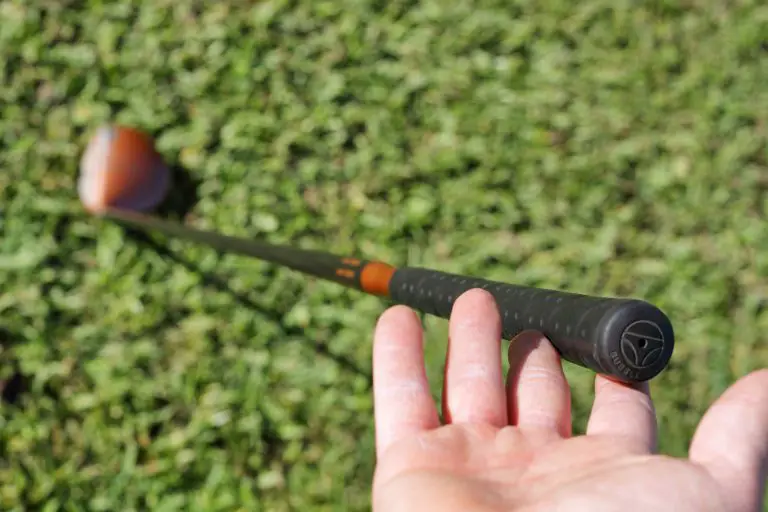How Long Should Golf Clubs Be For My Height

Choosing the right golf clubs is essential for any golfer looking to improve their game. One important factor to consider when selecting clubs is their length, specifically in relation to your height. The question often arises: “How long should golf clubs be for my height?” Understanding the relationship between club length and height is key to achieving proper posture, swing mechanics, and overall performance on the golf course.
Having golf clubs that are the appropriate length for your height can greatly impact your swing consistency, ball-striking ability, and overall comfort during play. Clubs that are too long or too short can lead to swing compensations, loss of control, and decreased power.
In this article, we will explore the significance of club length and its relationship to your height as a golfer. We will delve into the factors to consider when determining the ideal club length, including body measurements, swing characteristics, and skill level. Additionally, we will discuss the club fitting process and the importance of seeking professional advice to ensure a proper fit.
Whether you are a beginner or an experienced golfer, understanding how the length of your golf clubs should correspond to your height is a fundamental aspect of optimizing your game. So, let’s dive into the world of club fitting and discover the perfect club length for your height.

Understanding the Importance of Club Length
Golf club length plays a vital role in determining the golfer’s posture, swing plane, and overall swing mechanics. Getting the right club length is crucial for achieving consistent ball striking, accuracy, and maximizing distance. It helps golfers maintain the proper address position and allows the clubhead to travel on the correct path through impact.
When the club length is not appropriate for a golfer’s height, it can lead to swing compensations, inconsistency, and decreased performance. Using clubs that are too long may force the golfer to stand too far from the ball, resulting in a flatter swing plane and potential loss of control. Conversely, clubs that are too short can cause the golfer to bend too much at the waist, leading to an upright swing and potential loss of power.
To ensure an effective and efficient swing, it is crucial to find the optimal club length that suits your height and swing characteristics.
Factors to Consider for Proper Club Length
Determining the appropriate club length goes beyond just considering height. There are several factors to take into account to find the right fit for your golf clubs:
Body Measurements
While height is a significant factor in club fitting, it is not the sole determinant of club length. Other body measurements, such as arm length and wrist-to-floor measurement, also play a role. These measurements help determine the optimal shaft length and ensure that the golfer can maintain a comfortable and balanced posture throughout the swing.
Swing Characteristics
Understanding your swing characteristics is crucial in selecting the right club length. Factors such as swing plane, posture, and swing speed can influence the ideal club length for you. Golfers with a steep swing plane may require shorter clubs, while those with a flatter swing plane may benefit from longer clubs. Additionally, your posture at address and swing speed can also impact the recommended club length for your game.
Skill Level and Playing Style
The skill level and playing style of the golfer should also be considered when determining club length. Beginners may find it easier to control shorter clubs, while more experienced golfers may prefer longer clubs to maximize distance. Your playing style, such as whether you tend to hit more irons or woods off the tee, can also affect the club length recommendations.
Club Fitting Process
To accurately determine the appropriate club length for your height and swing characteristics, it is recommended to undergo a professional club fitting. A club fitting session typically involves:
- Measurements: A club fitter will take various measurements, including height, arm length, and wrist-to-floor measurement, to gather data for club length recommendations.
- Swing Analysis: The club fitter will analyze your swing mechanics, swing speed, and other swing characteristics using advanced technology like launch monitors or high-speed cameras. This analysis helps assess your swing dynamics and guides the club fitting process.
- Trial and Error: During the fitting, you will try different club lengths to assess comfort, posture, and swing mechanics. The club fitter will provide recommendations based on your performance with each club length.
- Fine-tuning: The club fitter may make additional adjustments to factors like grip size, clubhead lie angle, and shaft flex to ensure the clubs are tailored specifically to your needs.
Determining the Ideal Club Length
Determining the ideal club length for your height involves a combination of professional guidance and personal experimentation. While general guidelines based on height ranges can provide a starting point, individual factors such as arm length, swing characteristics, and skill level need to be considered to find the optimal fit.
During the club fitting process, the club fitter will provide recommendations based on your measurements and swing analysis. However, it’s important to remember that these recommendations are not set in stone. It’s crucial to test different club lengths and assess how they feel and perform for you. A club that feels comfortable and allows you to maintain proper posture and swing mechanics is likely to be the right choice.
Additionally, seeking the advice of a qualified club fitter or golf professional can provide valuable insights and help fine-tune the club length recommendation. Their expertise and knowledge of equipment can assist in making informed decisions tailored to your specific needs.
Potential Consequences of Improper Club Length
Using golf clubs that are not the correct length for your height can have significant consequences on your game. Clubs that are too long or too short can affect your swing mechanics, consistency, and shot accuracy.
If your clubs are too long, you may find it challenging to maintain proper balance and posture throughout your swing. This can lead to a flatter swing plane, causing shots to go off target and lacking the desired distance control. On the other hand, if your clubs are too short, you may have to hunch over excessively, resulting in an upright swing that compromises power and accuracy.
Using properly fitted clubs that match your height and swing characteristics can help you achieve a more natural and repeatable swing, leading to improved consistency, accuracy, and overall performance on the course.
Custom-Built and Off-the-Shelf Clubs
When it comes to acquiring golf clubs, you have the option of custom-built or off-the-shelf clubs. Custom fitting allows for a more personalized approach, taking into account your height, swing dynamics, and preferences. A club fitter can assist in selecting the optimal club length and other specifications tailored to your game. While custom-built clubs provide the highest level of customization, they can be more expensive and require additional time for manufacturing.
Off-the-shelf clubs, readily available in golf stores or online, come in standard lengths and are suitable for a range of heights. These clubs often offer a variety of options in terms of shaft length, flex, and grip size, allowing some customization within the standard options. While off-the-shelf clubs may not provide the same level of precision as custom-built clubs, they can still be a suitable choice for many golfers.
Ultimately, the decision between custom-built and off-the-shelf clubs depends on your budget, level of customization desired, and your commitment to improving your game.
Additional Considerations for Club Length
When determining the club length, there are a few additional factors to consider:
Grip Size
The grip size of your clubs can impact the overall feel and control of the club. It is essential to select a grip size that matches your hand size to ensure a comfortable and secure grip. While grip size is not directly related to club length, it is often customized simultaneously during the club fitting process to ensure consistency and comfort in your grip.
Loft and Lie Angles
The loft and lie angles of your clubs also influence the trajectory and accuracy of your shots. These specifications affect how the clubhead interacts with the turf and the ball at impact. While not directly tied to club length, they are important factors to consider in conjunction with the fitting process to optimize your ball flight and shot dispersion.
Reevaluation over Time
It’s important to note that your club length requirements may change over time. Factors such as changes in your physicality, swing mechanics, or skill level can influence the ideal club length for your game. Regular reevaluation of your club length, especially as you progress and improve as a golfer, is recommended. As your swing evolves and your body undergoes changes, such as growth or physical conditioning, it may be necessary to reassess and potentially adjust the length of your golf clubs.
Conclusion
Determining the appropriate club length for your height is crucial for optimizing your golf performance. It involves considering various factors such as body measurements, swing characteristics, skill level, and playing style. Through the club fitting process, you can obtain expert guidance to identify the ideal club length that suits your individual needs.
Using golf clubs that are the right length for your height and swing characteristics allows you to achieve a more natural and efficient swing motion, leading to improved consistency, accuracy, and distance in your shots. It enhances your ability to maintain proper posture and swing mechanics throughout the swing, resulting in greater control over the ball.
Whether you opt for custom-built clubs or choose from off-the-shelf options, ensuring that the club length matches your height and swing dynamics is essential. Regular reassessment and potential adjustments over time will help accommodate any changes in your physicality and golfing ability.
Remember, investing in properly fitted golf clubs is an investment in your game. So, consult with a professional club fitter, take the time to experiment and test different club lengths, and experience the positive impact of having clubs that are tailored to your height and swing characteristics. With the right club length, you’ll be on your way to unlocking your full potential on the golf course.





